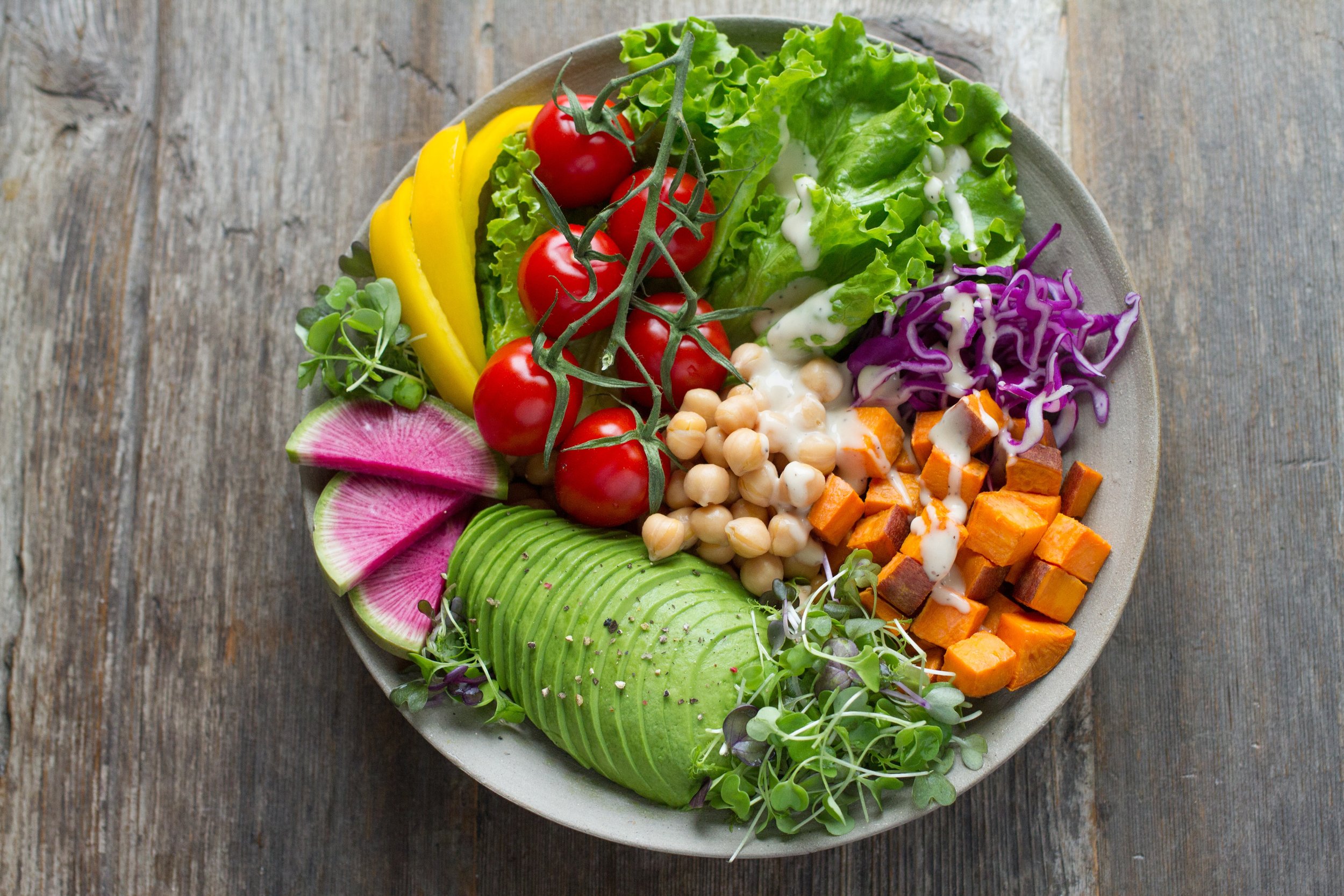Nutrition plan: How cyclists can achieve optimal health and weight
With the Tour de France Femmes avec Zwift leading the way, women's cycling is experiencing a remarkable surge, witnessing growth not only in professional athletes but also in the realm of amateur and recreational riders.
While top WorldTour teams have embraced female UCI teams, the availability of specific nutritional guidance for female cyclists remains limited.
Amidst the deluge of conflicting dietary advice and food anxieties perpetuated by media, it is crucial to establish foundational principles for female cyclists at all levels. These principles empower both elite riders and those entering the sport, enabling them to optimise performance and foster lasting health throughout the entire season.
In this guide, we will explore key principles and provide practical advice on exact foods, meal plans, and snack ideas for female cyclists of all levels.
Balanced macronutrients
To optimise cycling performance, focus on consuming a well-balanced, plant-forward diet that includes lean proteins (tofu, legumes, chicken, complex carbohydrates (whole grains, fruits, vegetables), and healthy fats (avocado, nuts, olive oil). These macronutrients provide sustained energy, aid in muscle repair, and support overall health.
Pre-ride fuel
Before a ride, consume a meal or snack rich in carbohydrates for readily available energy. Opt for options like oatmeal with berries and almond butter, whole grain toast with avocado and eggs, or a fruit smoothie with soya or Greek yoghurt.
On-the-road snacks
During long rides, fuel your body with easily digestible snacks such as energy bars, bananas, trail mix, or homemade energy balls packed with dates, nuts, and seeds. Stay hydrated by sipping on water or electrolyte-rich beverages regularly.
Post-ride recovery
After intense workouts or races, prioritise post-ride recovery meals that combine carbohydrates and proteins. Examples include a quinoa salad with grilled tofu and vegetables, a salmon fillet with sweet potatoes and steamed greens, or a protein smoothie with almond milk, spinach, and berries.
Off-the-road meals
Off-training days, focus on nutrient-dense meals to support overall health and weight management. Incorporate colourful salads with mixed greens, grilled tofu, and a variety of vegetables. Include whole grain options like quinoa or brown rice paired with lean proteins like baked salmon, turkey breast or roasted paprika chickpeas.
Hydration and electrolytes
Maintain proper hydration by drinking water throughout the day. During longer rides or hot weather, replenish electrolytes with sports drinks or natural options like coconut water.
Read more on derailleur:
How to prepare and recover for long bike rides
Do cyclists live longer?
Eat little, and often
In addition to the specific foods and meal ideas mentioned above, the frequency and portion sizes of meals for female cyclists are crucial for optimising performance.
Ideally, aim for five to six smaller meals or snacks throughout the day to maintain steady energy levels. Each meal should consist of a balance of macronutrients.
Meal plan example
Breakfast: Oatmeal with berries and a tablespoon of almond butter. And coffee, of course…
Mid-morning: Soya or Greek yoghurt with a handful of mixed nuts and a nectarine.
Lunch: Tofu or chicken stir-fry with a generous serving of mixed vegetables and a side of brown rice.
Afternoon snack: Pea protein smoothie with spinach, banana, and almond milk.
Dinner: Five bean chilli with a baked sweet potato or grilled salmon with quinoa and roasted vegetables.
Adjust portion sizes according to your individual needs and activity levels, and consult with a registered dietitian for personalised recommendations.
